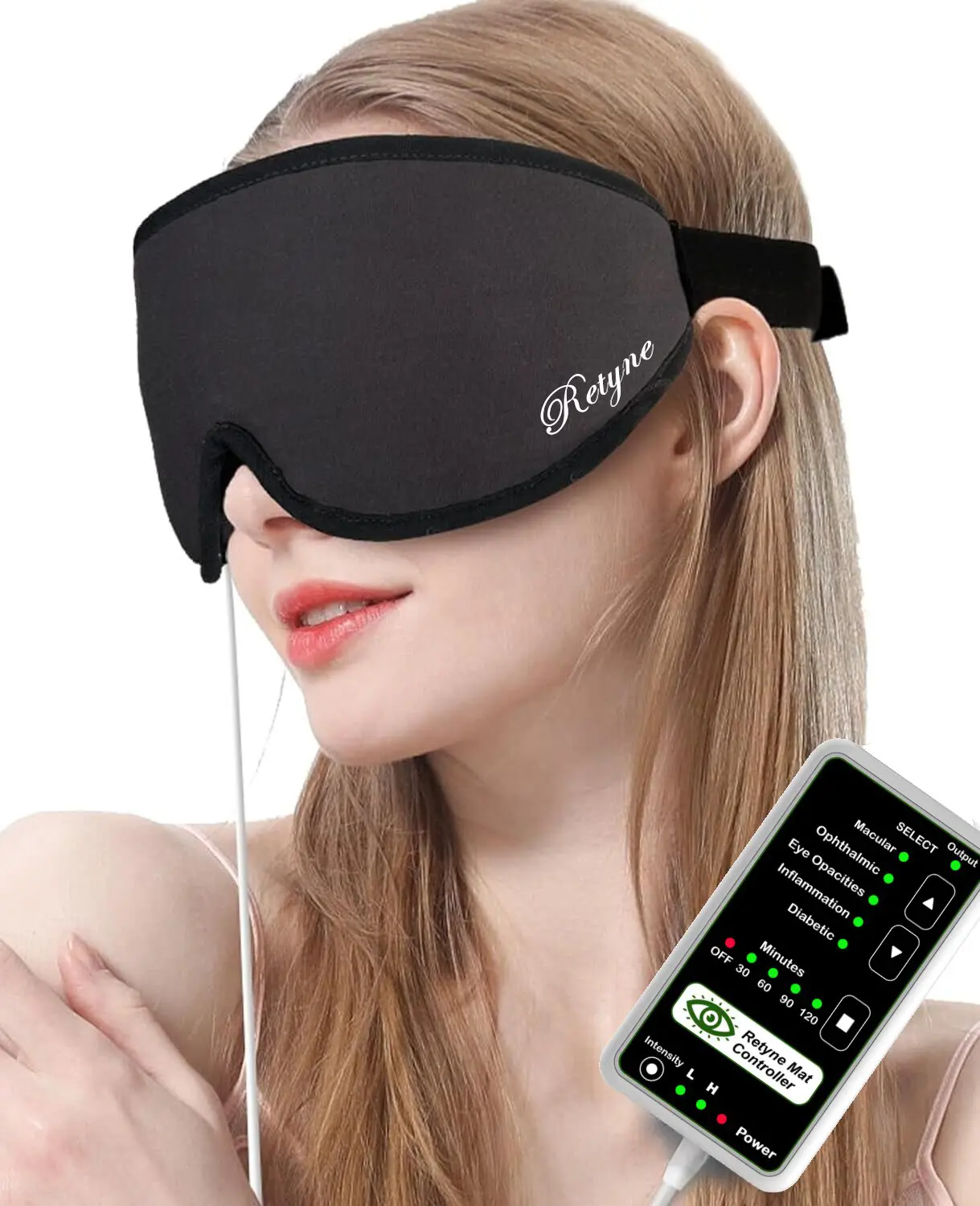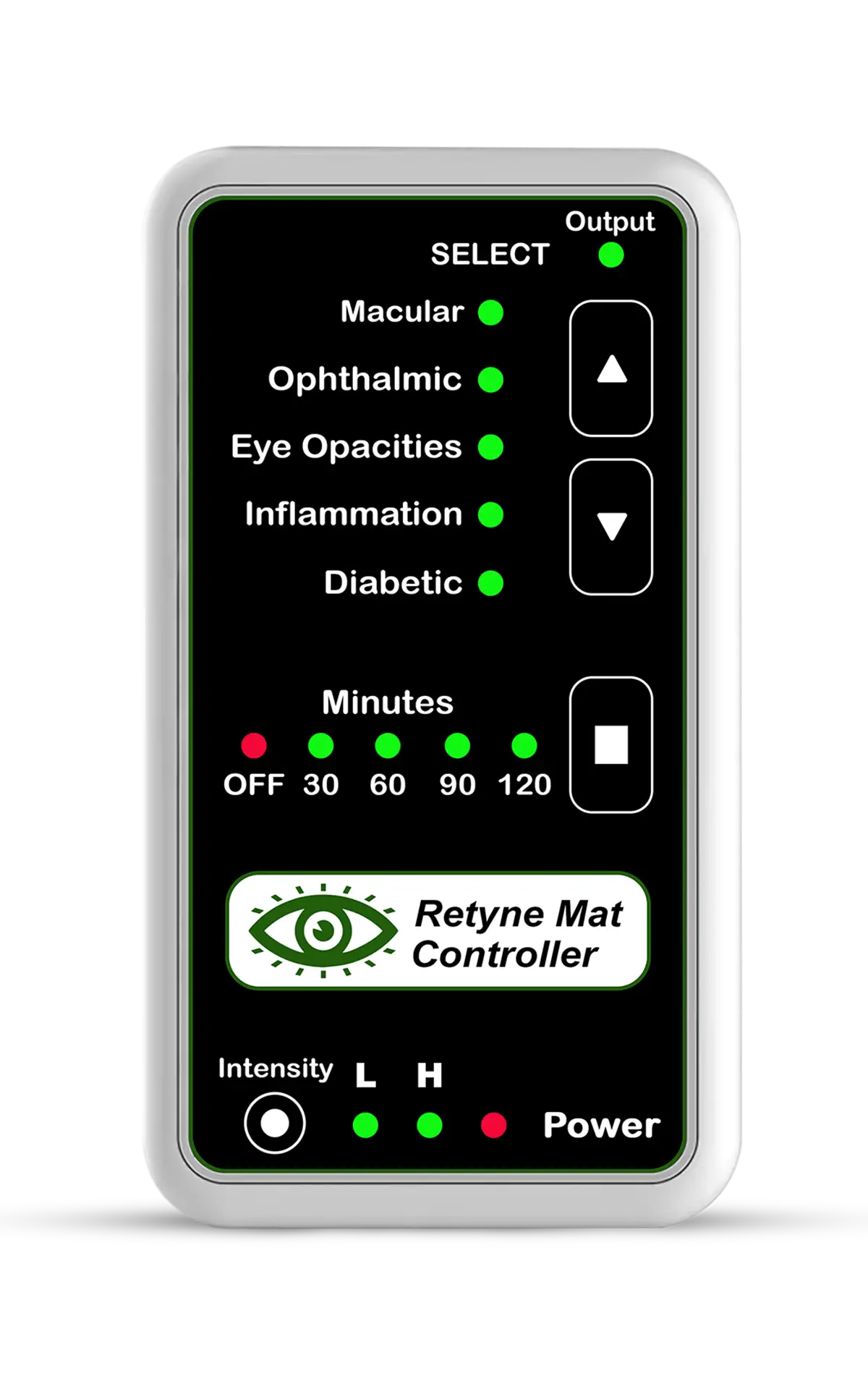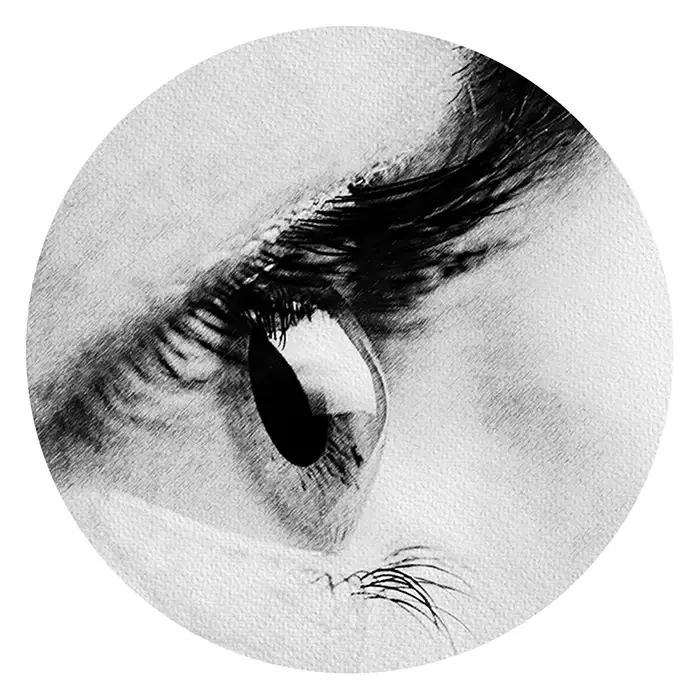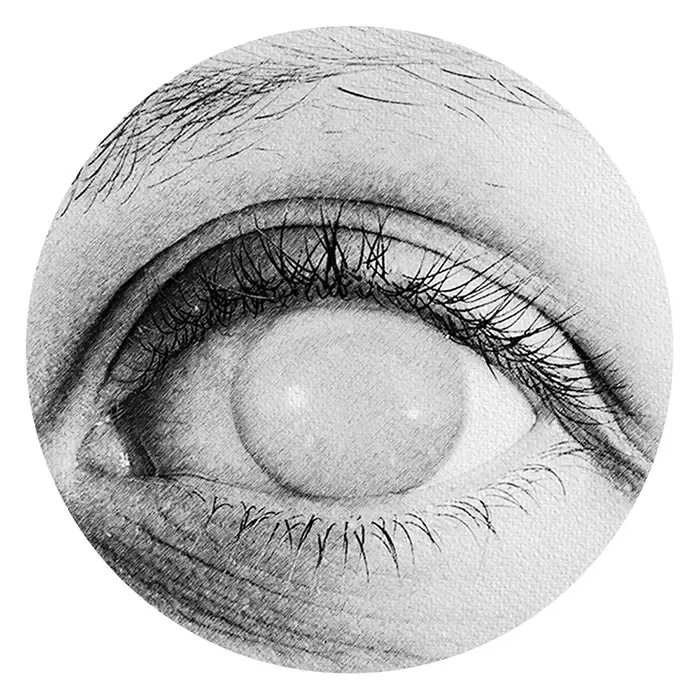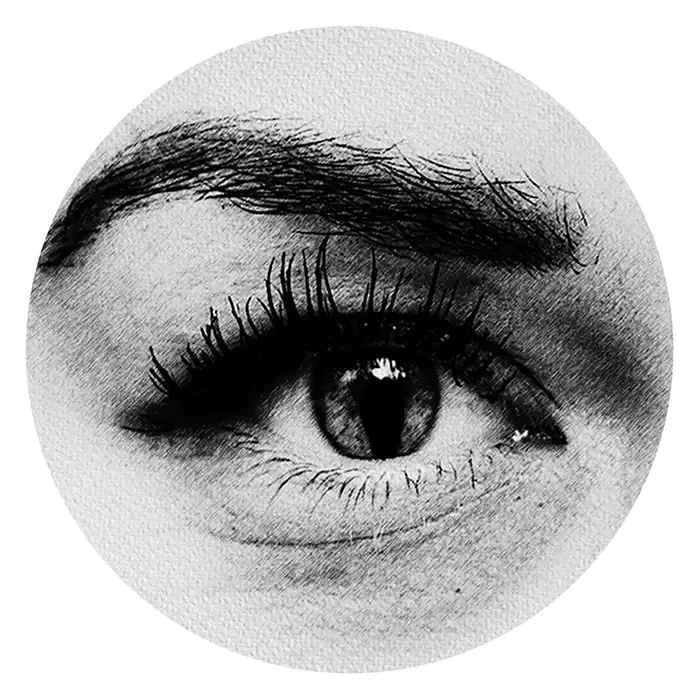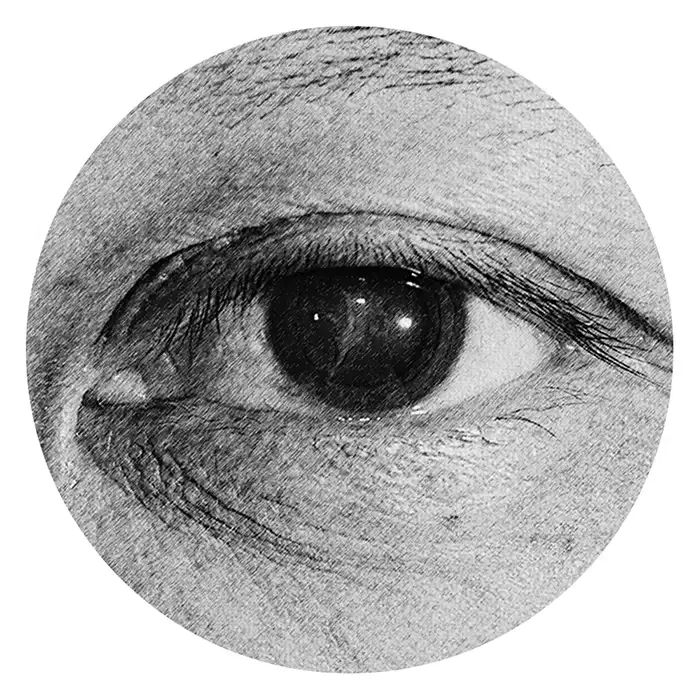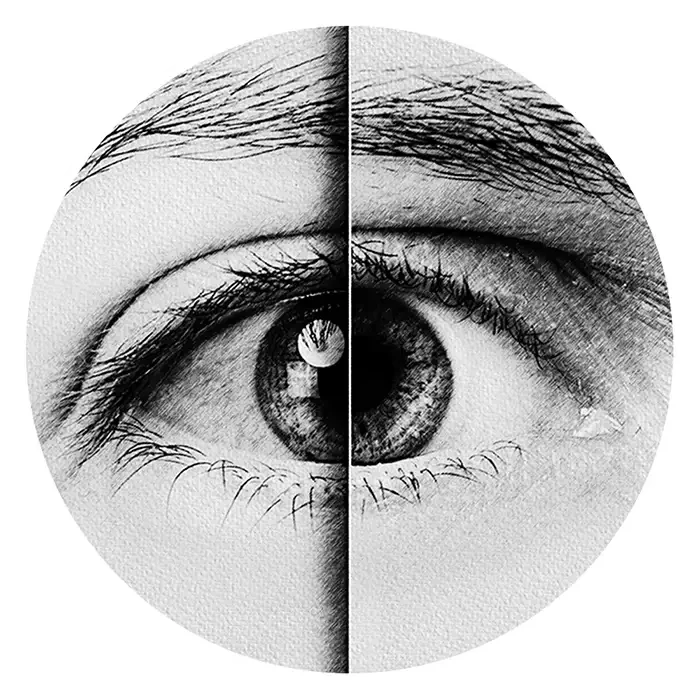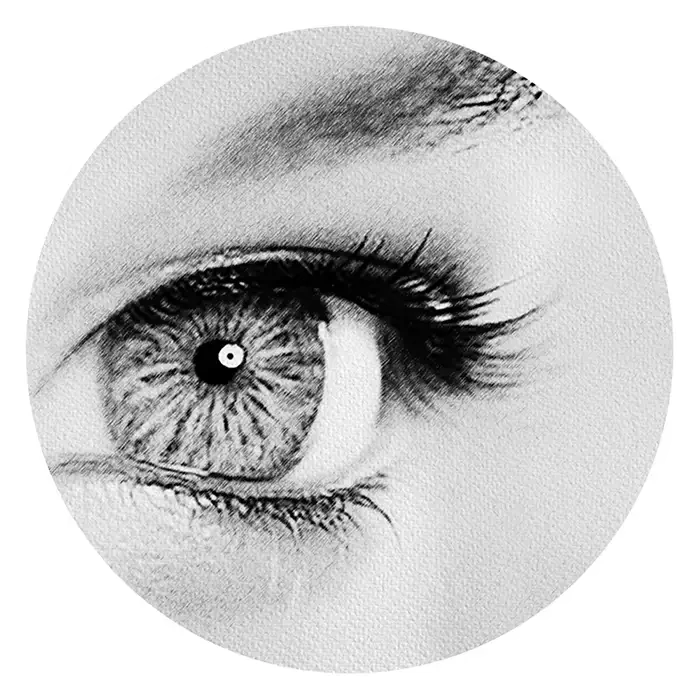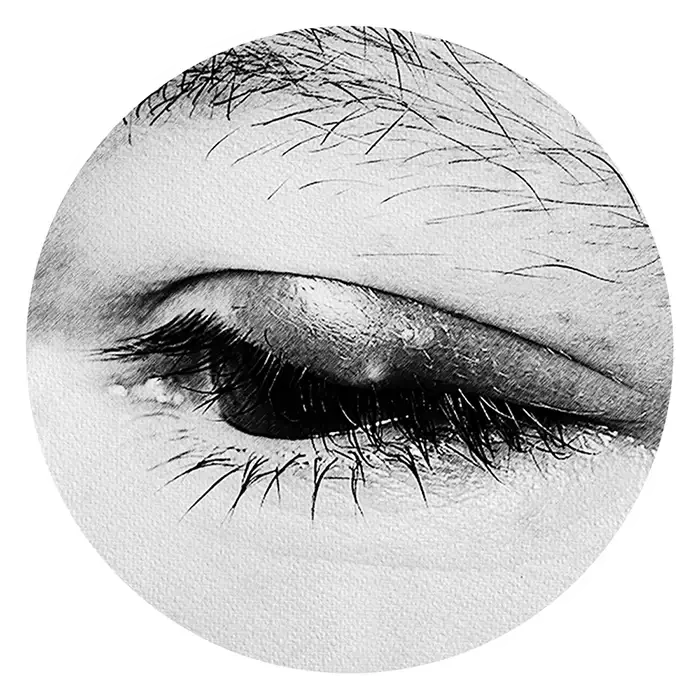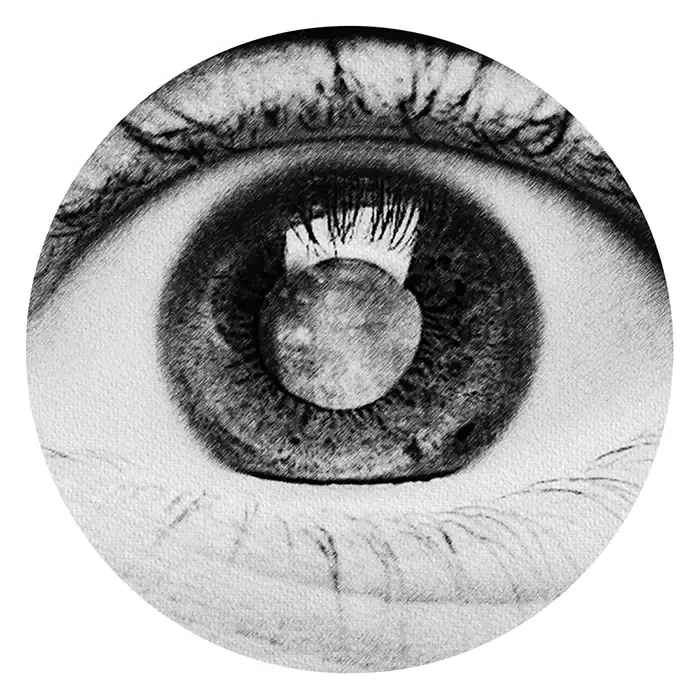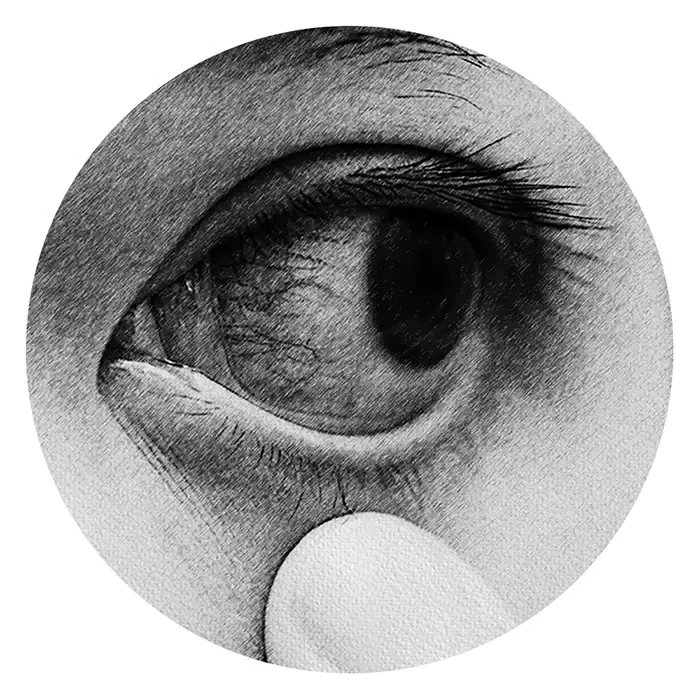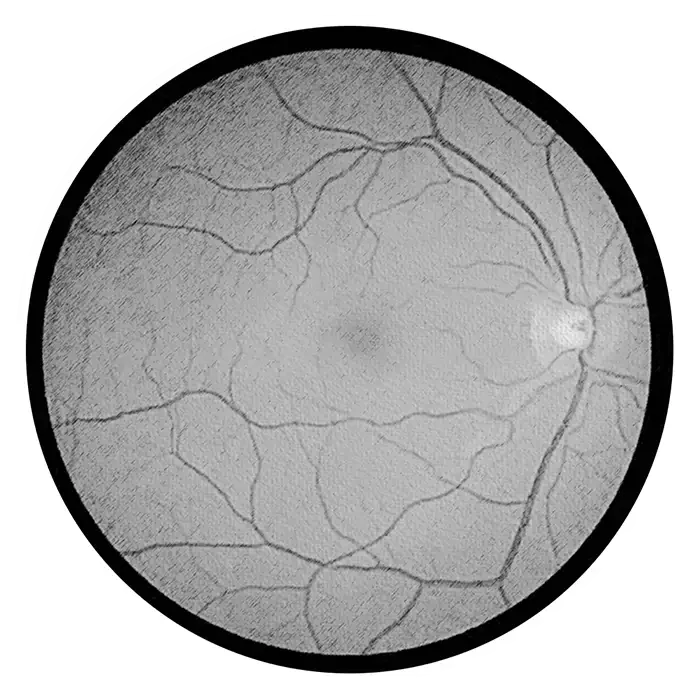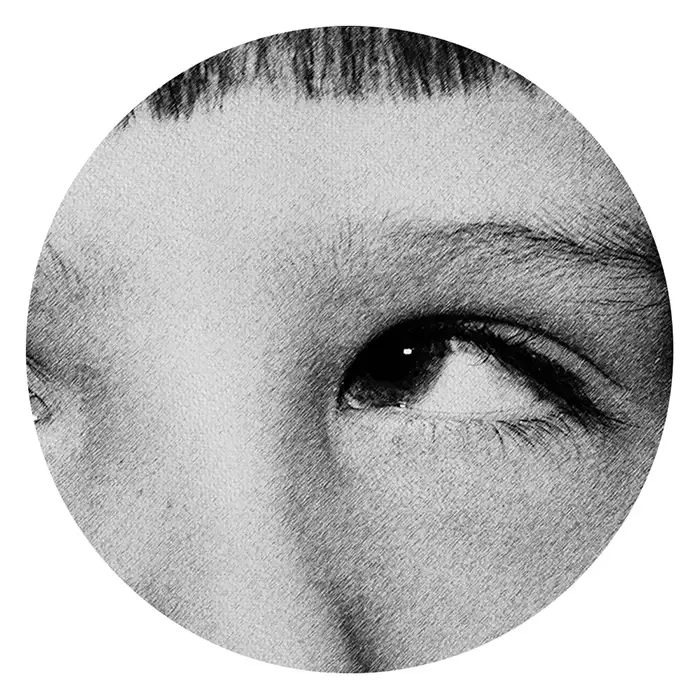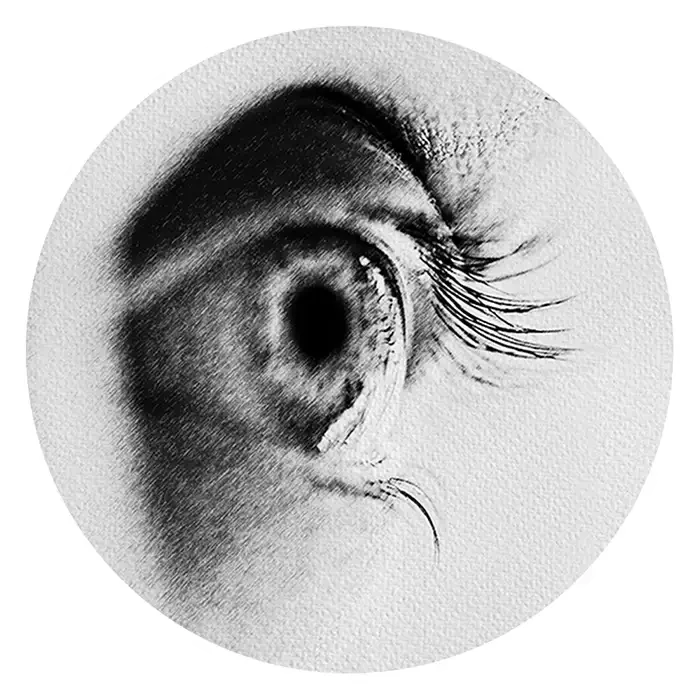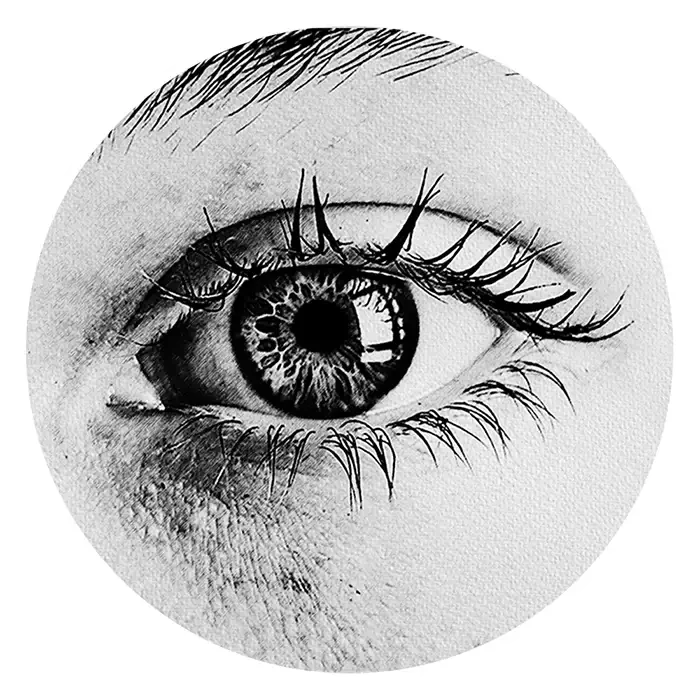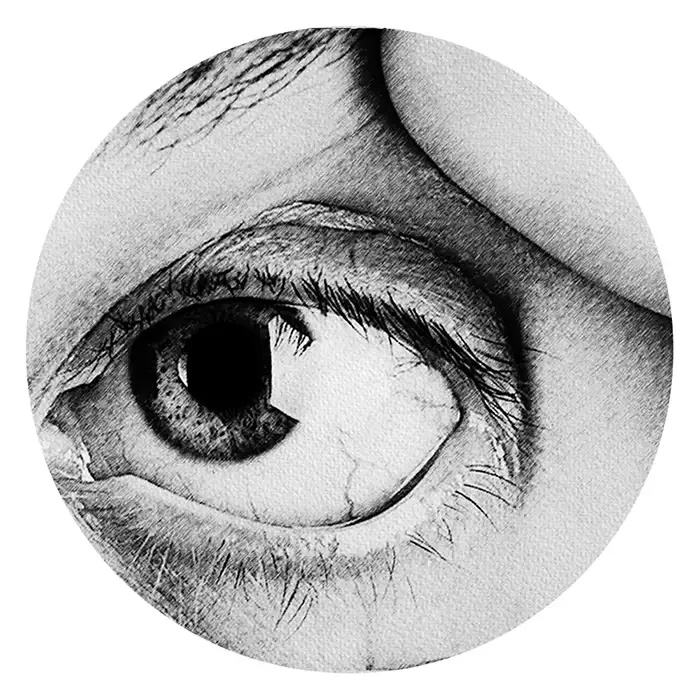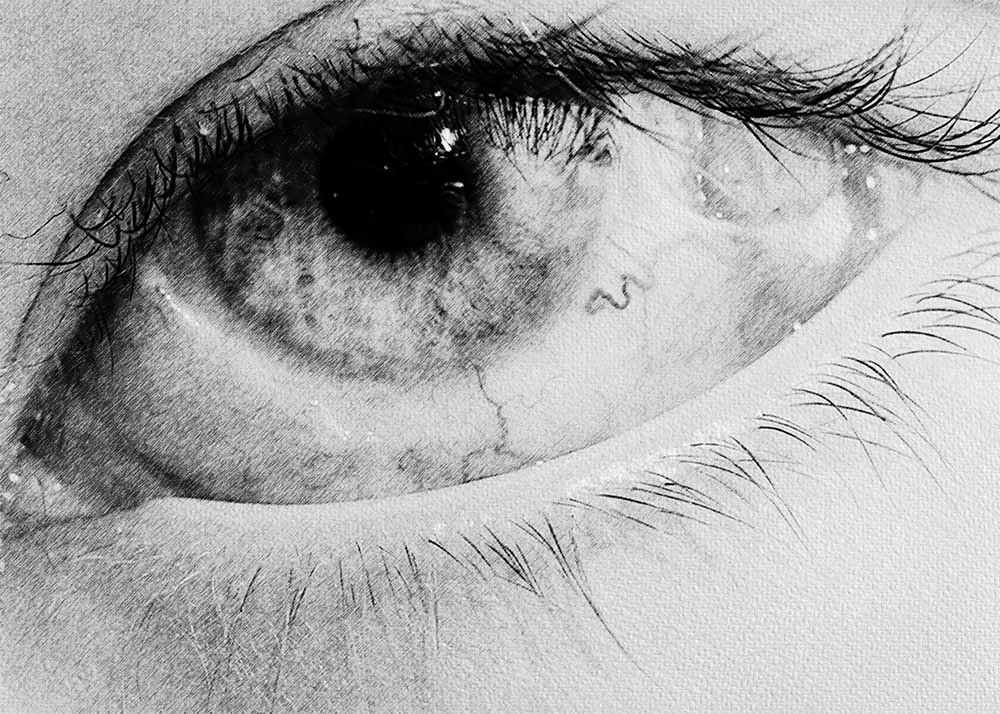
Treating Retinal Detachment with Infrared Light Therapy
Retinal detachment is a serious eye condition where the retina, a thin layer of tissue at the back of the eye responsible for capturing visual images, pulls away from its normal position. There are three primary types of retinal detachment: rhegmatogenous, tractional, and exudative. Rhegmatogenous retinal detachment is the most common type and occurs when a tear or break in the retina allows fluid to pass through, leading to separation from the underlying tissue. Tractional retinal detachment occurs when scar tissue on the retina contracts and pulls it away from the back of the eye, while exudative retinal detachment involves the accumulation of fluid beneath the retina without a tear or break.
Diagnosing retinal detachment typically involves a comprehensive eye examination, including a dilated fundus examination to visualize the retina and assess for characteristic findings such as retinal tears or breaks, as well as retinal detachment. Imaging tests such as ultrasound or optical coherence tomography (OCT) may also be performed to confirm the diagnosis and evaluate the extent of retinal detachment.
While retinal detachment and glaucoma can coexist in some cases and share similar risk factors such as age, myopia, and trauma. Glaucoma is a group of eye disorders characterized by damage to the optic nerve, often associated with elevated intraocular pressure. Individuals with glaucoma may have structural changes in the eye that increase their risk of retinal detachment. The frequency group at Program #2 on the controller; provides the appropriate range of frequencies for the treatment of Retinal Detachment.
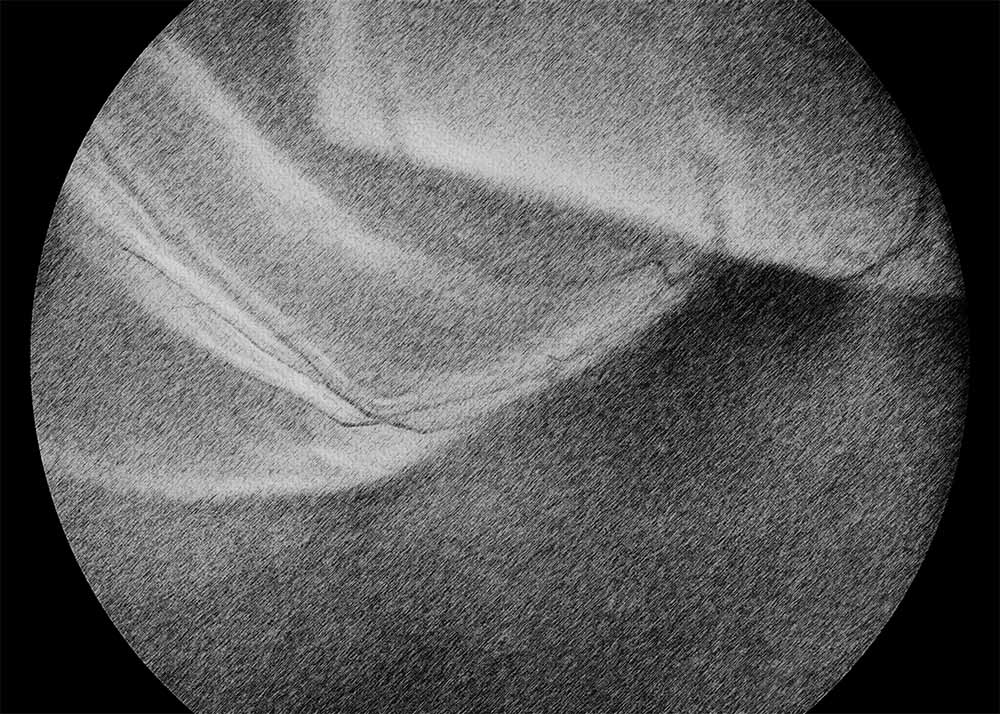
The Retyne Infrared Eye treatment mask offers a potential adjunctive therapy for managing the symptoms of retinal detachment, particularly in cases of rhegmatogenous detachment where retinal tears or breaks are present. Program #2 on the Retyne controller, which delivers focused invisible infrared light directly onto the eyes, may help promote healing and reattachment of the retina by stimulating cellular repair mechanisms and reducing inflammation. This therapy aims to support the natural healing process of the retina and improve outcomes following retinal detachment repair surgery.
Infrared light therapy provided by the Retyne mask offers a non-invasive and targeted approach to treating retinal detachment, with the potential to enhance postoperative recovery and visual outcomes. By delivering therapeutic energy precisely where it is needed, the mask may help accelerate retinal reattachment and minimize the risk of complications such as proliferative vitreoretinopathy (PVR) or macular edema. This innovative treatment modality complements surgical interventions such as pneumatic retinopexy, scleral buckling, or vitrectomy and may improve overall treatment success rates.
Incorporating the Retyne Infrared Eye treatment mask into the management plan for retinal detachment can provide a safe and effective means of supporting retinal healing and preserving vision. As research into the therapeutic benefits of infrared light therapy continues to advance, its role in the treatment of retinal detachment may become increasingly recognized, offering new opportunities for improved outcomes and patient care.
The Retyne eye treatment mask utilizes a general selection of frequencies (0.07, 0.12, 0.6, 0.87, 2.25, 22.5, 187.5, 396.5, 587.5, 696.5) tailored to address the symptoms related to Retinal Detachment. These frequencies have been meticulously chosen for their proven effectiveness in managing and treating this visual condition.

Retyne's approach involves converting each frequency into invisible infrared light output, marking a groundbreaking fusion of frequencies with light—a pioneering technology pioneered by Retyne Labs. Inspired by the groundbreaking work of Dr. Rife, who identified healing properties in specific frequencies and utilized light for their transmission, Retyne's innovative method capitalizes on current research on invisible infrared technology and builds upon past studies on light transmission through frequency sources. The result is the Retyne eye Treatment Mask, a convergence of state-of-the-art advancements in the field of visual care.
Moreover, for those utilizing advanced hardware such as the RDPV4, a secondary set of alternate frequencies for Retinal detachment: 0.44, 0.6, 0.85, 5.09, 7.25, 92.5, 337.3, 476.5, 527, 663.71 is available. The RDPv4 offers an expanded range of frequencies, finely calibrated to provide even greater precision in addressing Retinal detachment. By incorporating this secondary set of frequencies, the RDPV4 elevates the potential therapeutic benefits of the Retyne eye Treatment Mask, catering to individuals seeking advanced solutions for their visual health needs.
A Retinal detachment Compatibile group exists at program 1407 (0.07, 0.12, 0.6, 0.87, 2.25, 22.5, 187.5, 396.5, 587.5, 696.5)
A Retinal detachment Alternate group exists at program 2949: Retinal Detachment: 0.44, 0.6, 0.85, 5.09, 7.25, 92.5, 337.3, 476.5, 527, 663.71
Compatibility
Standalone controller (Program #2) (Controller shipped with Retyne Eye Treatment Mask)
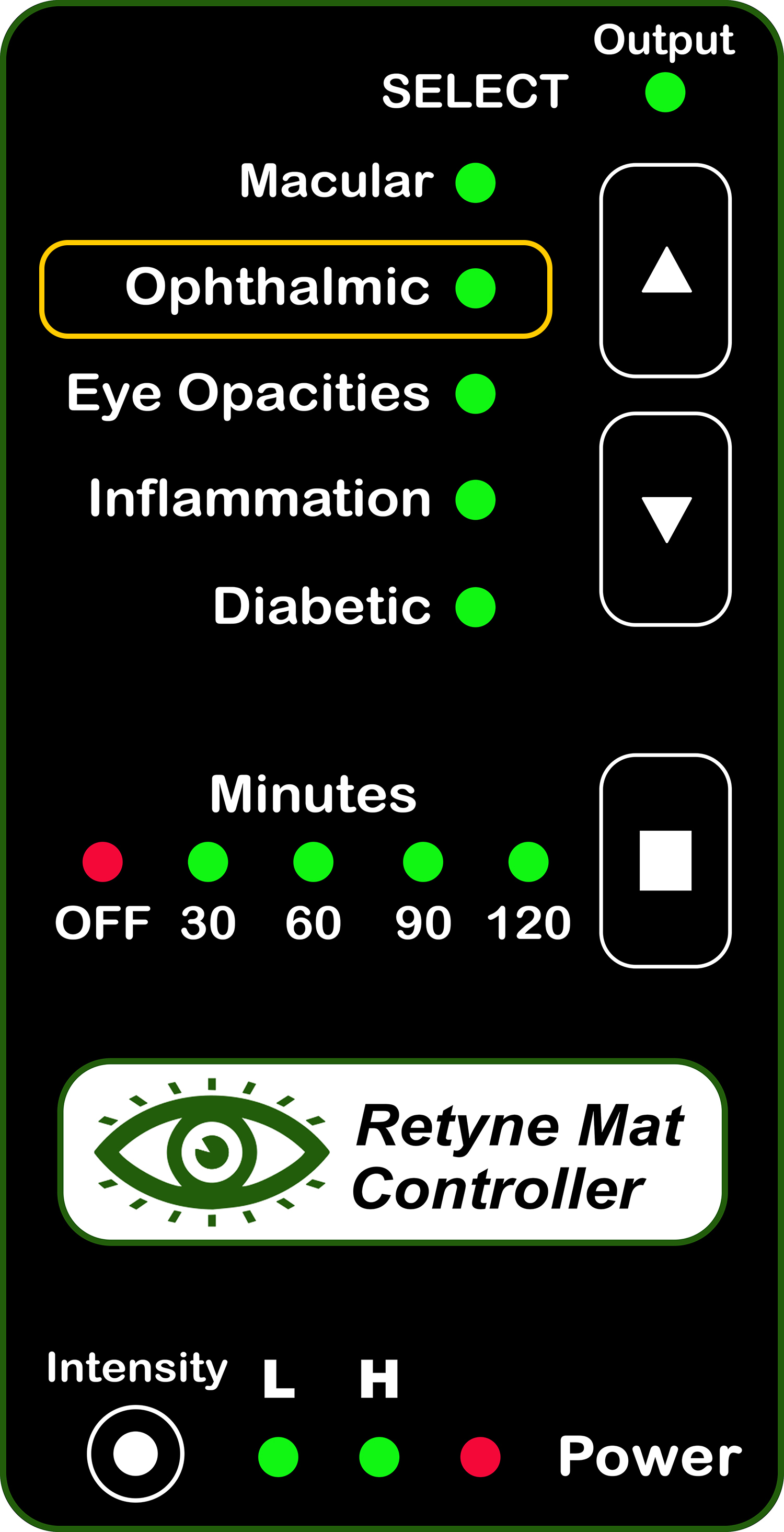
RDPV4 (Direct connect, use group 2949)
RDPV4 Light Mask Program button 2
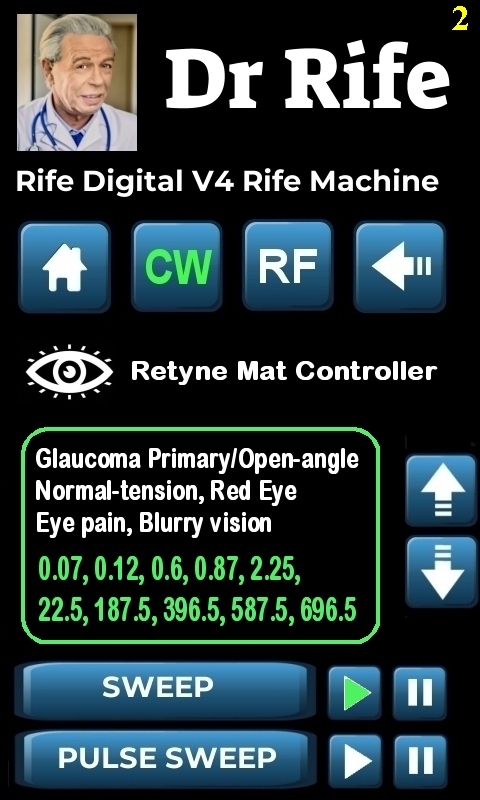
Click here for instructions on using the Retyne Mask + Controller
